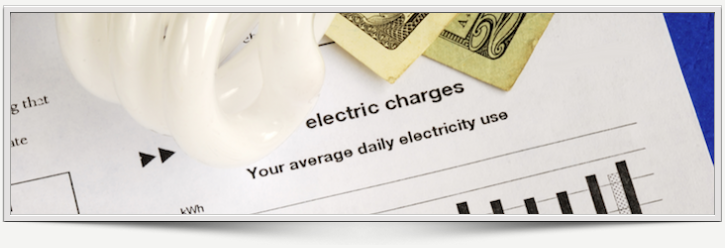
HVAC efficiency helps you use less energy to control temperature in your home and reduces home energy costs. Here are 20 ways to increase your air conditioning unit’s efficiency and lower your cooling costs.
1. Check coolant levels and airflow over the cooling coils.
2. Check your home for any unwanted drafts or air leaks. Specifically check areas around plumbing, wiring, doors and windows.
3. Change your air filter every two months. Dirty filters restrict airflow and make your unit work harder to circulate air throughout your home.
4. Clear any obstructions, debris and plant growth from around your outdoor air conditioning condenser. There should be several feet of space around the unit in order for it to effectively draw air into the system.
5. Clean the condenser coils with SimpleAir® EZ GreenTM HVAC Coil Cleaner every spring and fall.
6. Straighten any bent coil fins with a fin comb.
7. Insulate your ducts. Ducts can be sealed with tape or sealer and then wrapped with low-cost, foil-faced, R08 rated fiberglass insulation.
8. Have your duct work professionally cleaned every few years. Obstructions clog the evaporator coils and further reduce an air conditioner’s efficiency.
9. Do not block vent registers. Keep all furniture away from the vents for optimal airflow throughout the home.
10. Shade your outdoor condenser. A properly shaded unit is up to 10 times more efficient than an unshaded unit.
2. Check your home for any unwanted drafts or air leaks. Specifically check areas around plumbing, wiring, doors and windows.
3. Change your air filter every two months. Dirty filters restrict airflow and make your unit work harder to circulate air throughout your home.
4. Clear any obstructions, debris and plant growth from around your outdoor air conditioning condenser. There should be several feet of space around the unit in order for it to effectively draw air into the system.
5. Clean the condenser coils with SimpleAir® EZ GreenTM HVAC Coil Cleaner every spring and fall.
6. Straighten any bent coil fins with a fin comb.
7. Insulate your ducts. Ducts can be sealed with tape or sealer and then wrapped with low-cost, foil-faced, R08 rated fiberglass insulation.
8. Have your duct work professionally cleaned every few years. Obstructions clog the evaporator coils and further reduce an air conditioner’s efficiency.
9. Do not block vent registers. Keep all furniture away from the vents for optimal airflow throughout the home.
10. Shade your outdoor condenser. A properly shaded unit is up to 10 times more efficient than an unshaded unit.
11. Make certain that your clothes dryer vent is more than 10 feet from your HVAC unit to prevent lint from clinging to and blocking airflow through the condenser.
12. Raise the temperature settings in your home, especially if you know that you are going to be away for several hours. A programmable thermostat can save an average of 5-15% 13. annually and is a good investment.
13. Keep the unit fan set to “auto” so that it does not continuously run.
14. Use ceiling fans to keep air circulating throughout your home.
15. Install a whole house fan to cool your home by drawing outdoor air inside through open windows. These can lower the indoor temperature by up to 10 degrees in a few minutes.
16. If you have an attic, make sure that your attic is properly vented.
17. Use blinds or drapes to help block natural light during the hottest parts of the day.
18. Turn off all lights that are not needed.
19. Avoid using heat-generating appliances such as washers, dryers, ovens and dishwashers during the hottest parts of the day.
20. Use a dehumidifier to reduce the moisture level in your home.
12. Raise the temperature settings in your home, especially if you know that you are going to be away for several hours. A programmable thermostat can save an average of 5-15% 13. annually and is a good investment.
13. Keep the unit fan set to “auto” so that it does not continuously run.
14. Use ceiling fans to keep air circulating throughout your home.
15. Install a whole house fan to cool your home by drawing outdoor air inside through open windows. These can lower the indoor temperature by up to 10 degrees in a few minutes.
16. If you have an attic, make sure that your attic is properly vented.
17. Use blinds or drapes to help block natural light during the hottest parts of the day.
18. Turn off all lights that are not needed.
19. Avoid using heat-generating appliances such as washers, dryers, ovens and dishwashers during the hottest parts of the day.
20. Use a dehumidifier to reduce the moisture level in your home.
